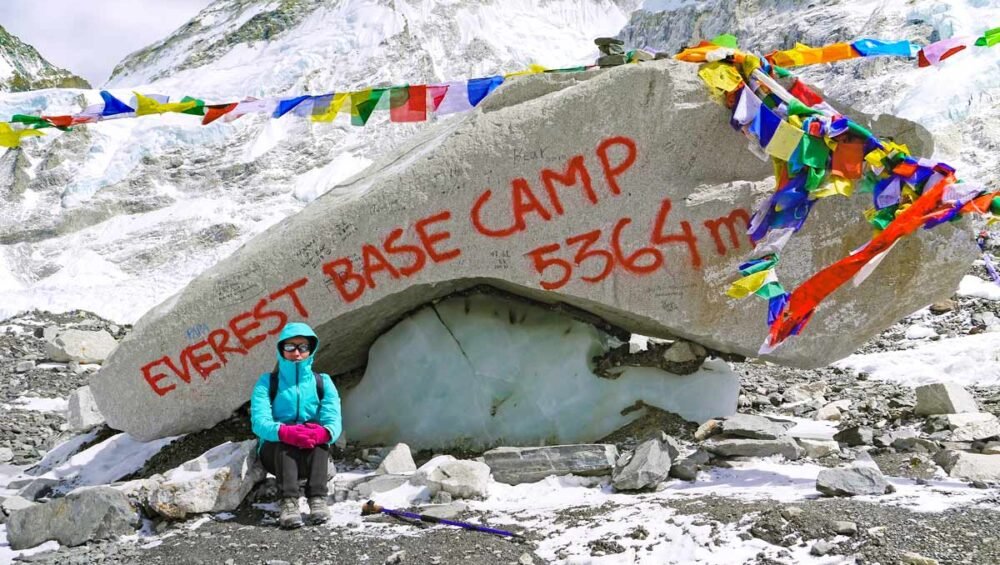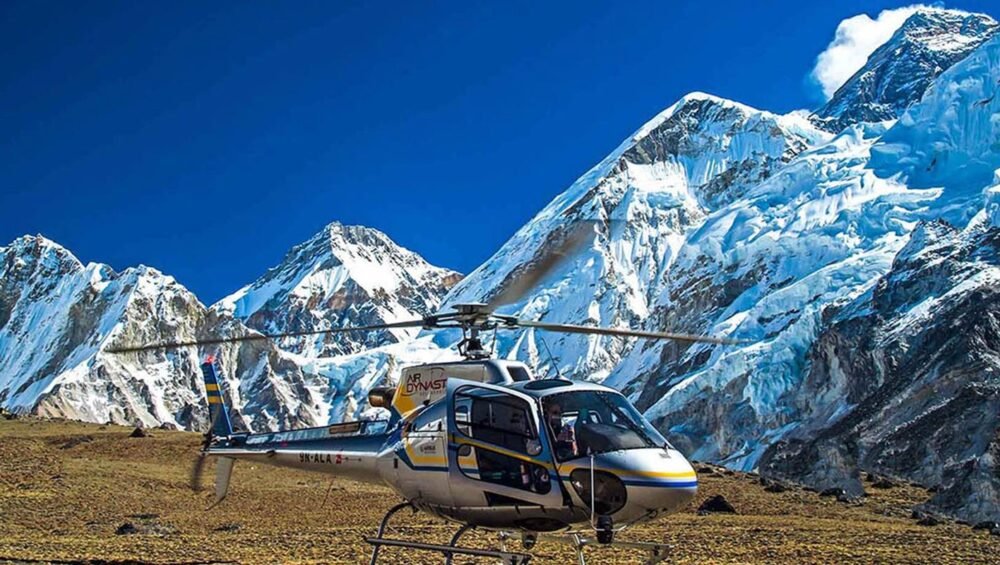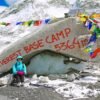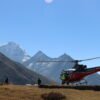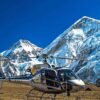Everest Base Camp Trek: Your Ultimate Guide to Adventure in the Himalayas
Introduction to Everest Base Camp Trek
The Everest Base Camp trek is one of the most iconic and sought-after trekking adventures in the world. Situated in the majestic Himalayas of Nepal, this trek offers adventurers an unparalleled opportunity to witness breathtaking scenery, experience unique Sherpa culture, and stand at the foot of the tallest mountain on Earth, Mount Everest.
What Makes Everest Base Camp Trek Special?
The allure of Everest Base Camp lies not only in its proximity to Mount Everest but also in the journey itself. Trekkers traverse through diverse landscapes, from lush green forests to barren mountain passes, and encounter vibrant Sherpa villages along the way. The trek culminates at Everest Base Camp, where climbers begin their ascent to the summit, making it a hotspot for adventure enthusiasts and nature lovers alike.
Planning Your Everest Base Camp Trek
Choosing the Right Trekking Season
The best time to embark on the Everest Base Camp trek is during the pre-monsoon (spring) and post-monsoon (autumn) seasons. These periods offer stable weather conditions, clear skies, and optimal visibility of the Himalayan peaks.
Selecting the Ideal Route
There are several routes to reach Everest Base Camp, each offering unique perspectives and challenges. The classic route begins with a scenic flight to Lukla, followed by a trek through Namche Bazaar, Tengboche, Dingboche, and Gorak Shep before reaching the base camp itself.
Essential Gear and Equipment
Packing the right gear is crucial for a successful trek to Everest Base Camp. From sturdy trekking boots to insulated jackets and sleeping bags, here’s a comprehensive list of essentials:
Clothing
- Base layers (moisture-wicking)
- Insulating layers (fleece or down jackets)
- Waterproof jacket and pants
- Trekking pants and shorts
- Thermal gloves and socks
Trekking Gear
- Trekking poles
- Backpack (waterproof)
- Headlamp with extra batteries
- Sunglasses (UV protection)
- Sunscreen and lip balm
Training and Fitness Preparation
Preparing physically and mentally for the Everest Base Camp trek is essential. The trek involves walking long distances at high altitudes, so focusing on cardiovascular exercises, strength training, and endurance-building activities is recommended.
Accommodation Options Along the Trek
During the Everest Base Camp trek, accommodation ranges from basic teahouses to more comfortable lodges in larger villages. Teahouses provide simple meals and dormitory-style rooms, whereas lodges offer private rooms with attached bathrooms in some places.
Safety and Altitude Acclimatization
Altitude sickness is a concern during the Everest Base Camp trek due to the high elevation. Proper acclimatization is key to preventing altitude-related illnesses. Trekking itineraries are designed to include rest days and gradual ascents to allow trekkers to adjust to the thinning air.
Symptoms of Altitude Sickness
- Headache
- Nausea or vomiting
- Fatigue
- Dizziness
Cultural Insights: Sherpa Communities and Local Traditions
The Sherpa people are renowned for their hospitality and mountaineering expertise. Trekkers have the opportunity to visit monasteries, interact with local Sherpa communities, and gain insights into their rich cultural heritage.
Wildlife and Natural Wonders Along the Trek
The Everest region is home to diverse flora and fauna. Trekkers may spot Himalayan tahrs, musk deer, and various species of birds along the trail. Sagarmatha National Park, a UNESCO World Heritage site, protects this unique ecosystem.
Photography Tips for Capturing the Himalayan Beauty
Photography enthusiasts will find endless opportunities to capture stunning landscapes, colorful prayer flags, and panoramic views of snow-capped peaks. Early morning and late afternoon light conditions offer the best photographic opportunities.
Challenges and Rewards of Reaching Everest Base Camp
Challenges
- Harsh weather conditions
- High altitude
- Long trekking hours
Rewards
- Breathtaking views of Mount Everest and surrounding peaks
- Sense of accomplishment
- Cultural immersion
Capturing the Spirit of Everest Base Camp
Beyond its natural grandeur, the Everest Base Camp trek offers a glimpse into the rich culture and warm hospitality of the Sherpa people. Trekkers have the opportunity to visit ancient monasteries adorned with prayer wheels and colorful murals, attend traditional Sherpa ceremonies, and taste local delicacies like Sherpa stew and butter tea. These cultural encounters add depth to the trekking experience, fostering a deeper appreciation for the Himalayan way of life.
Weather and Best Time to Visit Everest Base Camp
The best time to trek to Everest Base Camp is during the pre-monsoon (spring) and post-monsoon (autumn) seasons. These periods offer stable weather conditions, clear skies, and moderate temperatures, ideal for trekking and capturing stunning mountain views. It’s essential to avoid the harsh winter months and the monsoon season when trails can be slippery and visibility reduced due to clouds and rain.
FAQs about Everest Base Camp Trek
How difficult is the Everest Base Camp trek?
The Everest Base Camp trek is considered moderately challenging. Trekkers should be reasonably fit and prepared for long days of hiking at high altitudes. The key to success lies in gradual acclimatization, proper hydration, and listening to the guidance of experienced local guides.
What are the accommodation options during the trek?
Accommodation along the Everest Base Camp trek ranges from basic teahouses with shared facilities to more comfortable lodges with private rooms and hot showers in some areas. Trekkers should be prepared for rustic conditions, especially at higher altitudes, where amenities may be more limited.
Is it safe to trek to Everest Base Camp?
Safety is a top priority on the Everest Base Camp trek. Experienced guides and porters accompany trekkers, monitor their health, and provide assistance if needed. It’s crucial to follow their advice regarding acclimatization and safety protocols to minimize risks associated with high-altitude trekking.
Conclusion: Embark on Your Everest Base Camp Adventure
The Everest Base Camp trek beckons adventurers with its majestic peaks, cultural riches, and unparalleled sense of accomplishment. Whether you choose the traditional trekking route or the exhilarating helicopter tour with a landing at Everest Base Camp, this journey promises to be a transformative experience. Prepare to forge lifelong memories amidst the awe-inspiring landscapes of the Nepalese Himalayas.

